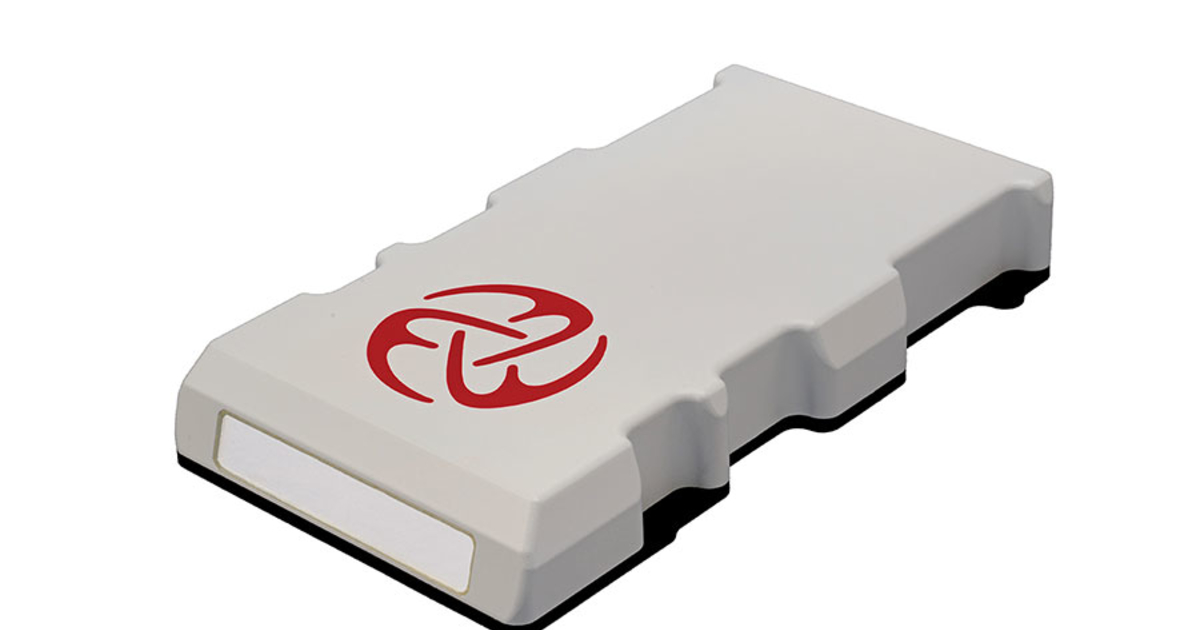
Despite many lidar companies going public in recent years, via the special purpose acquisition company process, the industry has taken a hit with some companies shutting down or being acquired over the past year.
Lidar technology, which stands for “light detection and ranging,” uses lasers to map the environment. The reliability and cost of the multifaceted systems, with their spinning mirrors and motors, have been questioned by some auto industry observers and lidar competitors. The argument: Lidar systems may break more easily because they are more complex than self-contained solid-state radar and cameras, lidar’s main competitors, and could hinder their mass adoption by the industry.
“If I had to bet, the solid-state approach will eventually win out,” said Michael Ramsey, transportation and mobility analyst at Gartner Inc., told Automotive News.
A solid-state lidar system promises lower costs to produce, install, repair and replace, Ramsey said, adding that they are also favored by the auto industry.
Velodyne’s merger with Ouster was a sign the lidar industry is trending toward producing solid-state products at scale, Ramsey said.
Israeli startup Adasky bills its solid-state geothermal cameras as a less costly alternative to lidar technology for autonomous vehicles.
Adasky’s product comes in under $400, said Bill Grabowski, the company’s North American head.
Vehicles with Level 2 autonomous capabilities have lidar components starting in the $1,500 to $2,000 range, and lidar for cars with Level 3 capabilities can cost even more.
Opsys Tech, a startup backed by Hyundai, is developing “true Solid-State Scanning” lidar technology and is working with Belgium-based Wideye to integrate lidar sensors in vehicle windshields.
Tad Park, founder of Volt Equity, a San Francisco investment firm that sells an exchange-traded fund that tracks the autonomous vehicle sector, is not a fan of lidar because of its cost and weakness in depth perception.
“Even if it’s cheap now, even if that $75,000 lidar is now $250, lidar still can’t read a stop sign, but can only tell you the shape of it,” said Park, who infamously tested Tesla’s autopilot and “full self-driving” software with his children standing in front of his car.
The most efficient, cheapest sensor technology platform will win, he said.
Despite the cloudy outlook, the lidar sector is seeing more investment. In January, Japan’s Koito Manufacturing Co. sent $100 million to San Jose, Calif.-based Cepton. Koito has a stake in Cepton, which has a contract with General Motors .
The race is who can bring to market a commercially viable, cost-competitive, scalable lidar methology, said Sumit Sharma, CEO of MicroVision, a Redmond, Wash., lidar company that counts BMW, Audi, Ford and Rivian as clients.
Automakers are looking for a single lidar that’s front-facing, has long-range viewing and scanning capabilities, is slightly bigger than a VHS cassette player and has a price target of $550 to $650, Sharma added.
AEye has developed a system that uses sets of 1-millimeter micro-electronic mechanical system mirrors to bounce light off distant objects. The mirrors oscillate rather than rotate and are smaller and more robust than the technology used by most other lidar companies, said Gunnar Juergens, who heads the lidar product line for Continental Autonomous Mobility.
“It is the closest thing to solid-state radar on the market,” said Jay Hohauser, vice president for automotive, North America, at AEye.
AEye has licensed the technology to Continental, which is testing prototype units, Juergens said.
Companies working on autonomous vehicles would like to reduce moving parts, especially in sensors, Joanna Buttler, head of Daimler Truck’s Global Autonomous Technology Group, told Automotive News.
Daimler is developing a truck chassis full of redundant systems that can take over if one component fails.